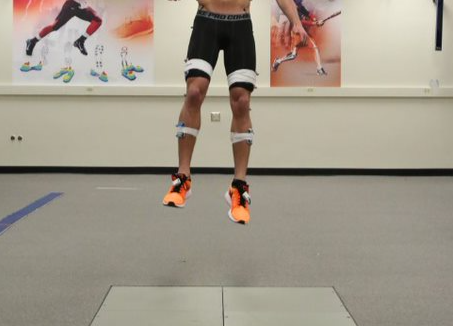Kinetic and kinematic symmetry analysis of different jump-landing tasks is often used to determine both an ACLR athlete’s risk for a second ACL injury and when they can return to sport. One metric that has not been widely considered for this assessment is leg stiffness and its associated symmetry value between legs. Leg stiffness during jump landings is simply the deformation of the leg in response to the application of ground reaction force. If an athlete lands with limited joint excursions and higher ground reaction forces, the energy absorption involvement of the leg muscles is reduced and the joints may experience harmful levels of loading. ACLR athletes are known to load or favor their nonsurgical leg more than their surgical leg during the landing phase of a jump, and it is possible that this causes increased asymmetry between legs in terms of leg stiffness and related measures of joint power and joint work. The purpose of this study is to compare the stop jump performance of an ACLR group and a healthy control group to determine if ACLR athletes use altered landing mechanics that put them at risk for a second ACL injury.
Leg stiffness and leg stiffness asymmetry in ACL reconstructed patients

